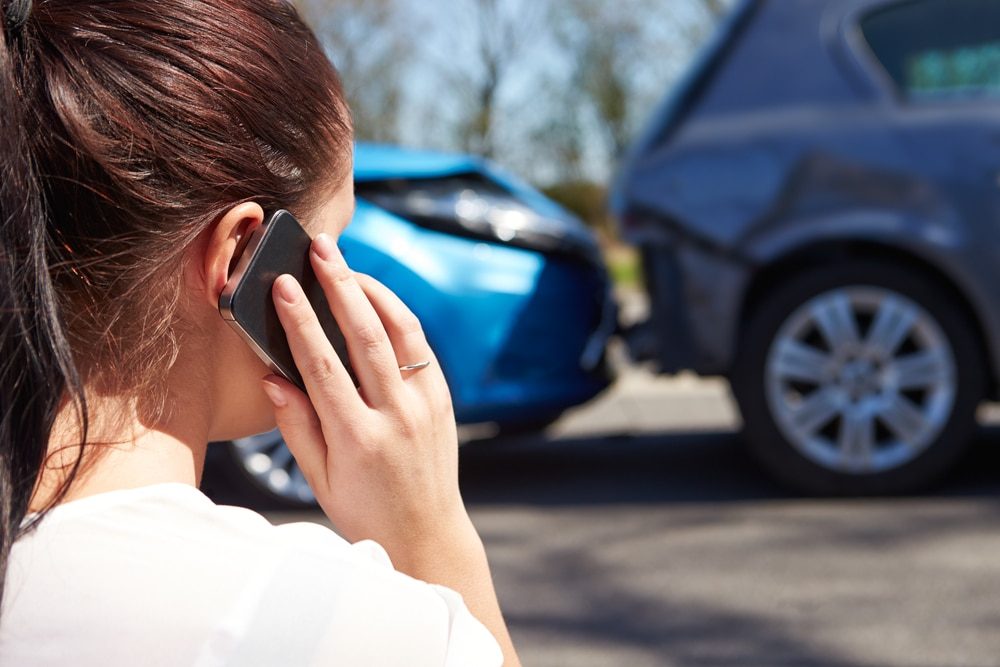GAP insurance in brief
- GAP insurance covers the ‘gap’ between the cost of the vehicle new and its market value.
- It’s really useful cover for vehicles that are on a car lease
- Shop around for the best deal.
- GAP insurance is not included with standard business comprehensive insurance. It is an additional insurance
WE all know that a car starts to depreciate – lose value – the moment it rolls out of the showroom.
Now, the rate of depreciation will vary depending on the make and model. But there will always be a difference between the market value and the price you paid for a car.
And that’s where GAP insurance comes in.
It is a crucial product to purchase when leasing a new car, whether it’s a business lease or a personal lease. Or, indeed, if you are purchasing a new car on finance.
GAP insurance has an apt name, given the circumstances of its use, but GAP actually stands for Guaranteed Asset Protection.
GAP is available as an insurance policy add-on for new, used and leased vehicles.
So why would I need GAP insurance?
In the event of your car being stolen or written-off, a standard fully comprehensive motor insurance policy will only offer the trade market value of the vehicle immediately before the time of the incident. Not the actual cost of the car when you bought or started leasing it.
It means you will be out of pocket, often to the tune of thousands of pounds. It could leave you without a car and without the means to purchase a like-for-like replacement.
GAP insurance effectively fills the gap between the market value and the original price paid for the car, covering you against the difference in value.
If the car has been purchased on finance, any outstanding finance payments will be settled first, with any cash leftover paid to the insured.
Here’s an explanation of the different kinds of GAP insurance on the market.
Return to Invoice Combined GAP insurance
RTI (Return to Invoice) Combined is the most common form of GAP insurance.
It pays the difference between the vehicle’s market value and the price initially paid. This would also include any outstanding finance or lease rentals left to pay.
This is especially good for vehicles bought on finance, as the policyholder would have the money both to buy a new car and pay any outstanding debts, or paying for an emergency financing when a car is broken or needs an urgent repair.
Return to Invoice GAP insurance
This is also known as Invoice Price Protection, this policy pays the difference between the vehicle’s market value at the time of the loss and the price initially paid for the vehicle. This is the ideal policy for vehicles paid for in full or where a large deposit has been made on a finance agreement.
Finance GAP insurance
This is used for vehicles bought under a finance agreement and pays the difference between the market value and the total amount still outstanding on the finance agreement. If the finance deal involved a small deposit, this policy would be especially suitable.
Return to Value GAP insurance
Return to Value pays the difference between the market value at the time of loss and the market value at the time of purchase, rather than the actual price paid. So if you bought the vehicle secondhand, or have owned the vehicle a while, this would be the policy for you.
Equivalent Vehicle/Replacement GAP insurance
Such a policy can normally only be arranged for new or ex-demo vehicles, with the insurance covering the cost of replacing your vehicle with exactly the same make and model of the car originally bought.
If the vehicle is no longer available, the insurer will provide a settlement figure based on an equivalent vehicle.
Lease GAP
Lease GAP is available for contract hire or car lease vehicles. It’s a potentially crucial policy as, even though the lessee is responsible for running the car, the ownership remains with the lease company. In the event of a loss, the customer will be without a car, yet still liable for the monthly lease rental agreement.
What to look for in GAP insurance
GAP insurance is unlikely to be included in a standard vehicle insurance policy. If you fit into any of the categories mentioned above it’s important that you at least understand the possible consequences of not having the insurance, and if you decide to get one it’s vital that you shop around.
A single policy might vary in price from a few hundred pounds to something in four figures. Check the policy details to ensure you’re getting the best deal and crucially, you’re getting the cover that’s appropriate to your circumstances.
Mark Day, company director of VehicleSavers, had this to say about the importance of GAP insurance:
“GAP insurance is a very important product to purchase when leasing or contract hiring a new car, as it gives the customer piece of mind that they won’t get any unexpected bills should their vehicle be stolen or written off.”
Another Alternative to fund a new car is to look at is emergency car financing this could be useful in the event of a breakdown or urgent repair.







